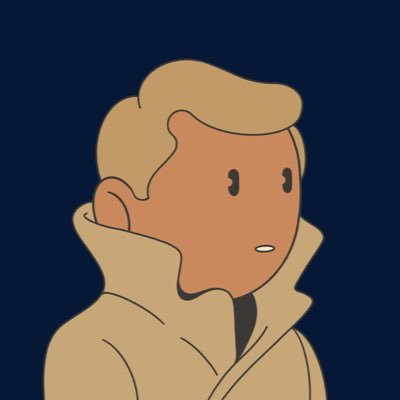About 1dontknows

1dontknows is a Thai artist known for his surrealist collages. His distinctive style merges elements of classicism and surrealism, creating a compelling interplay between eras that results in a contemporary and captivating aesthetic.
An interview with 1dontknows led by Carlo Borloni


Your visual world exists in a liminal space, between classicism and surrealism, between the recognizable and the unknowable. What does this threshold mean to you? Is it an escape, a form of reflection, or a way to suggest that every image is always also somewhere else?
I see this space as something open, where things begin to shift and blur. It’s where reality starts to feel less certain, and that gives me room to explore things that don’t always fit together. I like working with that tension, between beauty and chaos, between memory and forgetting.


In Echoes of Self, identity is not portrayed as a fixed core but as a fragment, an echo, a tear in time. How much of this is personal reflection, and how much is a broader critique of an age so quick to define us and so slow to understand us?
It started from a personal place. I was trying to understand parts of myself that felt messy or unclear. But the more I worked, the more I saw how society also pushes us to be one thing, stable, easy to define. This series pushes back against that.


Your portraits seem to speak in a secret language, a visual lexicon made of moons, keys, hollowed bodies, and ritualistic gestures. Do you believe that symbols still hold evocative power today? Or have they become the last refuge for expressing what words can no longer contain?
Yes, very much. Symbols go deeper than logic, they speak to something we can feel, even when we don’t fully understand them. I use them to say things that words can’t always express.


In many of your works, the face is erased, replaced, dissolved. What do we lose, and what do we gain, as viewers when the other’s gaze is denied to us?
When there’s no face to look at, the viewer isn’t being looked at either. That changes the relationship. It becomes more about what the viewer brings to the image, not just what’s shown. There’s more space for them to find their own meaning.


There is a sense of suspension that permeates the series, as if each figure is caught in a secular prayer or an interrupted dream. What is your relationship with time? And how does it shape the visual rhythm of your compositions?
Time in my work feels stretched or paused. I often see the figures as caught in a moment that’s not quite past or present, like they’re remembering something, or waiting. That stillness lets emotions settle in.


In your practice, collage is more than a technique, it’s a mental structure. How do you experience the act of tearing and recomposing? Is it reparative, destructive, or both?
To me, it’s both. Collage lets me break things apart, but it also gives me a way to put them back together in a new form. I’m not trying to fix what’s broken, but I am trying to hold it with care.


Memory, the unconscious, dreamscapes: your works seem to emerge from uncharted territories. Do you have rituals or methods that help you access this creative space, or do you wait for the image to find you first?
I follow instinct more than any fixed process. I collect images without always knowing why, and often the meaning shows up later. I let the work lead, and then try to understand it afterward.
Creating art is like a journey, you don’t write a trip journal before you go travelling; you write about your experiences afterward. That’s how it feels for me when I make something, I don’t fully know what it’s about until I’ve already made it.


There’s a quiet theatricality in your figures, as if they’re immersed in inner dramas that may never reach catharsis. What role does the unsaid play in your art? What does it mean to you to “show without revealing”?
The things I leave unsaid are often the most important. I don’t want to explain everything. I’d rather create a space where the viewer can feel something before they try to name it. That kind of connection feels more real to me.


You’ve exhibited internationally, across both digital and physical spaces. How does the reading of your work shift, if at all, when it moves between screen and wall, between the intimacy of the file and the presence of a printed image?
Seeing the work on a screen feels personal, like it’s just between you and the image. But in print, it becomes more present, more physical. It takes up space. That shift changes how it’s felt, and I find that interesting.


“Not a portrait, but an echo.” This phrase lingers throughout the series like both a poetic and methodological statement. What do you hope remains, in time, from these images? A rediscovered identity, a shared emptiness, or simply a whisper that keeps resonating?
I don’t need people to walk away with clear answers. I just hope something stays with them, a feeling, a question, maybe something they can’t quite explain. I’m not trying to define identity, but to follow its traces and echoes.

Sign up for our newsletter to keep up with the latest news from NINFA
Sign up for our newsletter to keep up with the latest news from NINFA
Write us at: info@ninfa.io, or click here if you need support
Copyright © 2025 Ninfa Labs - 12094240962 - All rights reserved

